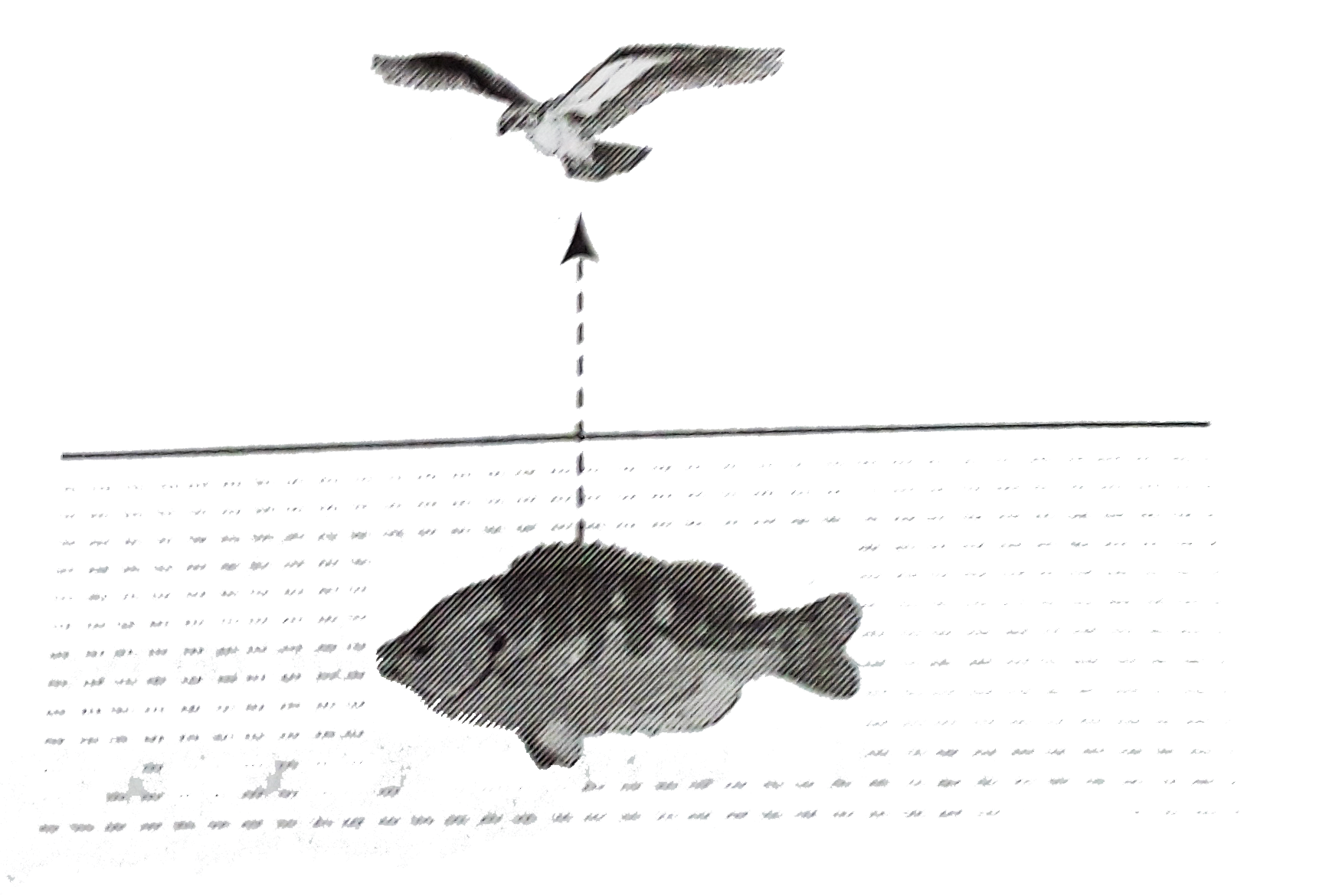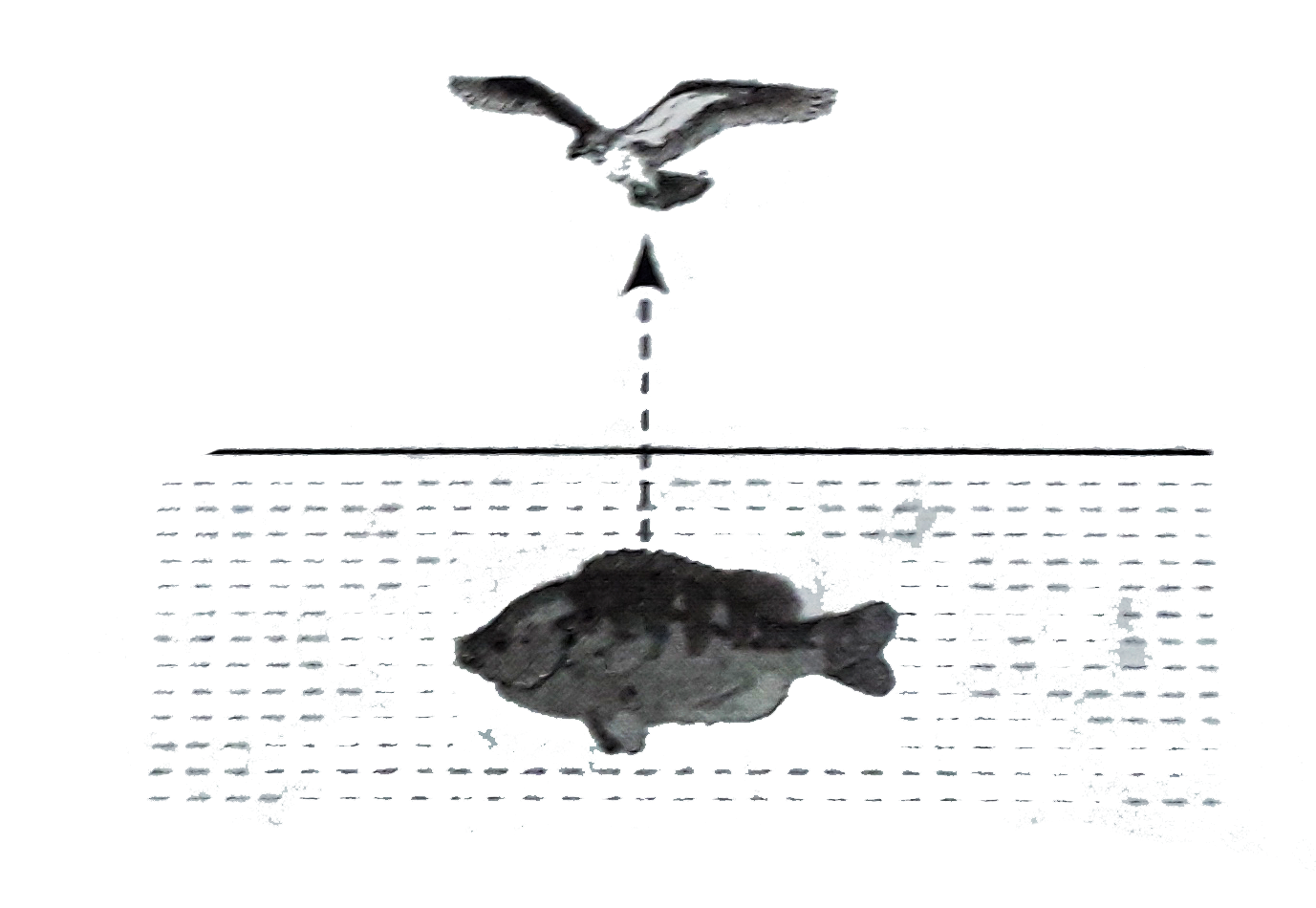Bony fish swimming vertically and having bony shields with predhensile tail is
Hippocampus
Latimeria
Anguilla
Solea
Step-by-Step Solution:
1. Understanding the Question: The question asks for a bony fish that swims vertically and has a prehensile tail, along with bony shields.
2. Identifying Key Features:
- Bony Fish: This indicates that we are looking for a fish that belongs to the class Osteichthyes.
- Swimming Vertically: This suggests that the fish maintains an upright posture while swimming.
- Bony Shields: This refers to the presence of bony structures that provide protection.
- Prehensile Tail: A prehensile tail is one that can grasp or hold onto objects.
3. Analyzing the Options: The options provided are:
- Hippocampus: Commonly known as seahorse.
- Latimera: Refers to a type of coelacanth.
- Anguillia: Refers to eels.
- Solea: Refers to flatfish.
4. Matching Features with Options:
- Hippocampus (Seahorse): Known for its upright swimming posture, bony shields, and a prehensile tail that allows it to grasp onto objects like seagrass and corals.
- Latimera, Anguillia, Solea: These do not exhibit the characteristics of swimming vertically or having a prehensile tail.
5. Conclusion: Based on the analysis, the correct answer is Hippocampus (seahorse) as it matches all the criteria mentioned in the question.
Final Answer: The bony fish swimming vertically and having bony shields with a prehensile tail is Hippocampus (seahorse).
---
- Bony Fish: This indicates that we are looking for a fish that belongs to the class Osteichthyes.
- Swimming Vertically: This suggests that the fish maintains an upright posture while swimming.
- Bony Shields: This refers to the presence of bony structures that provide protection.
- Prehensile Tail: A prehensile tail is one that can grasp or hold onto objects.
- Hippocampus: Commonly known as seahorse.
- Latimera: Refers to a type of coelacanth.
- Anguillia: Refers to eels.
- Solea: Refers to flatfish.
- Hippocampus (Seahorse): Known for its upright swimming posture, bony shields, and a prehensile tail that allows it to grasp onto objects like seagrass and corals.
- Latimera, Anguillia, Solea: These do not exhibit the characteristics of swimming vertically or having a prehensile tail.
Topper's Solved these Questions
- BOOK - DINESH PUBLICATION ENGLISHCHAPTER - VERTEBRATA-AGNATHA AND PISCESEXERCISE - Revision Questions126videos
VERTEBRATA-AGNATHA AND PISCES
- BOOK - DINESH PUBLICATION ENGLISHCHAPTER - TRANSPORT IN PLANTSEXERCISE - CHECK YOUR GRASP40videos
TRANSPORT IN PLANTS
- BOOK - DINESH PUBLICATION ENGLISHCHAPTER - VIRUSES VIROIDS AND PRIONSEXERCISE - CYG13videos
VIRUSES VIROIDS AND PRIONS
Similar Questions
Knowledge Check
- Question 1 - Select One
Sharks and bony fish are different in that only :
Abony fish have paired finsBbony fish have an operculumCsharks have a bony skeletonDsharks are predaceous
A fish rising up vertically toward the surface of water with speed 3ms−1 observes a bird diving down vertically towards it with speed 9ms−1 . The actual velocity of bird is
 View Solution
View SolutionA fish rising up vertically toward the surface of water with speed 3ms−1 observes a bird diving down vertically towards it with speed 9ms−1 . The actual velocity of bird is
 View Solution
View SolutionPelvic fins of bony fishes are
View SolutionThe escape velocity at the surface of Earth is approximately 8 km/s. What is the escape velocity for a planet whose radius is 4 times and whose mass is 100 times that of Earth?
View SolutionHow many pairs of gills are present in bony fishes?
View SolutionA fish is vertically below a flying bird moving vertically down toward water surface. The bird will appear to the fish to be
 View Solution
View SolutionA bird is flying up at an angle sin−1(3/5) with the horizontal. A fish in a pond looks at that bird when it is vertically above the fish. The angle at which the bird appears to fly (to the fish) is [μw=4/3]
View Solution

